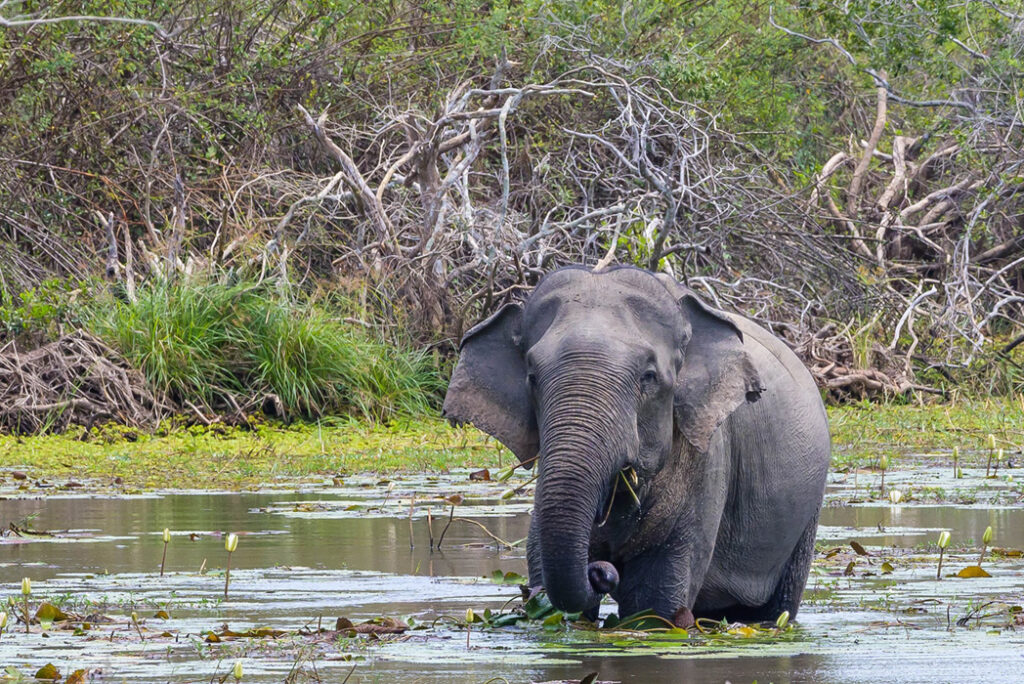Nature and Wildlife
Udawalawe National Park
This National Park may serve as a haven for wildlife that was uprooted when the Udawalawe Reservoir was constructed. In the open space of the park elephants can be seen up close. This park is one of the most well-known locations on the island and the third most visited.
In the left corner, the destination name should be displayed, when clicking.And also sliding buttons on both sides. In the left corner, the destination name should be displayed.And also sliding buttons on both sides. In the left corner, the destination name should be displayed, when clicking
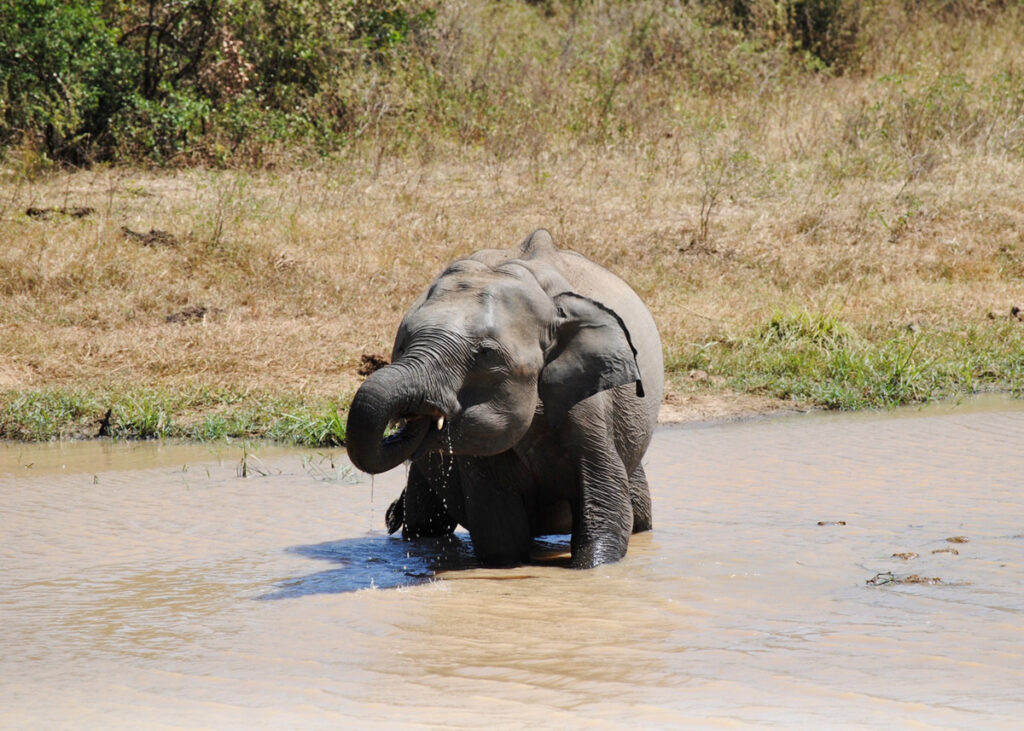
Yala National Park
This is the second-largest and most popular national park in Sri Lanka. Its contribution to wildlife is well recognised and includes aquatic birds, sloth bears, elephants and leopards. One of the 70 Important Bird Areas (IBAs) in Sri Lanka is this one.
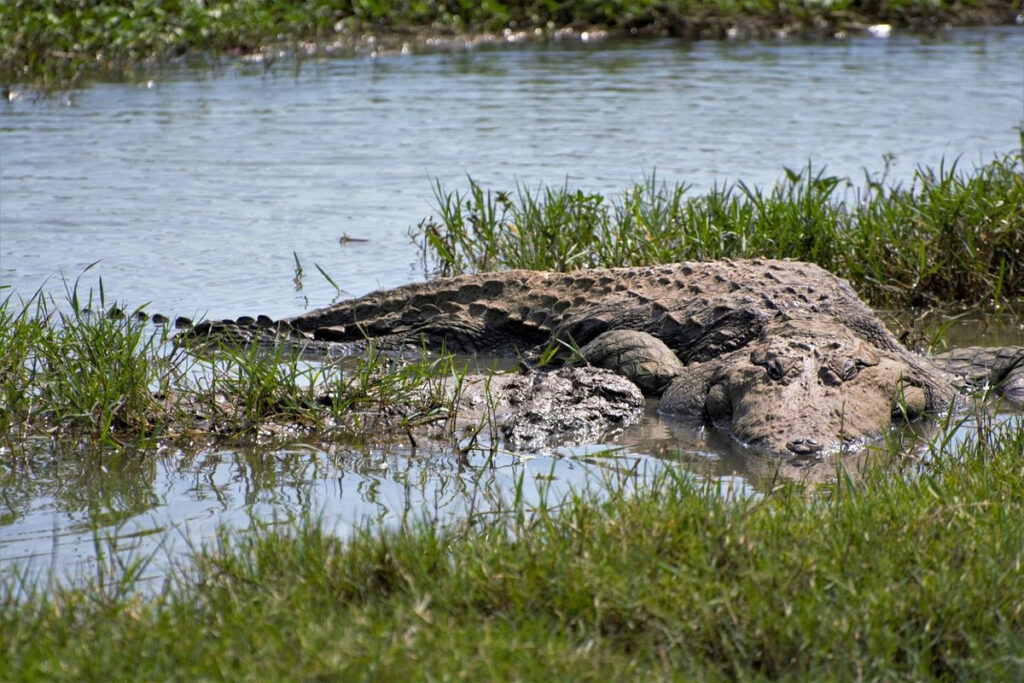
Wasgamuwa National Park
Large herds of Sri Lankan elephants can be seen in this covered area. It is also among Sri Lanka’s 70 Important Bird Areas (IBA). In addition to the more than 150 flowering species, there are 23 mammal species there.
In the left corner, the destination name should be displayed, when clicking.And also sliding buttons on both sides. In the left corner, the destination name should be displayed.And also sliding buttons on both sides. In the left corner, the destination name should be displayed, when clicking
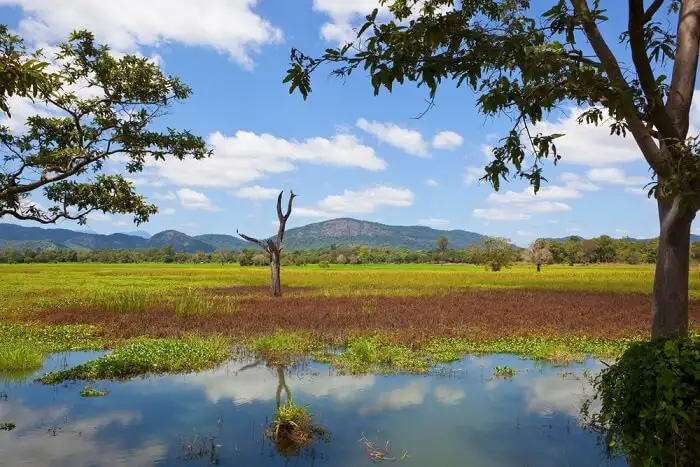
Minneriya National Park
The grass fields surrounding the Minneriya reservoir attract a lot of Sri Lankan elephants. Although a sizable herd of elephants lives in this tank they spend the majority of their time here. Since they like the food and shelter of Minneriya National Park, the elephants from Wasgamuwa National Park frequently migrate here.
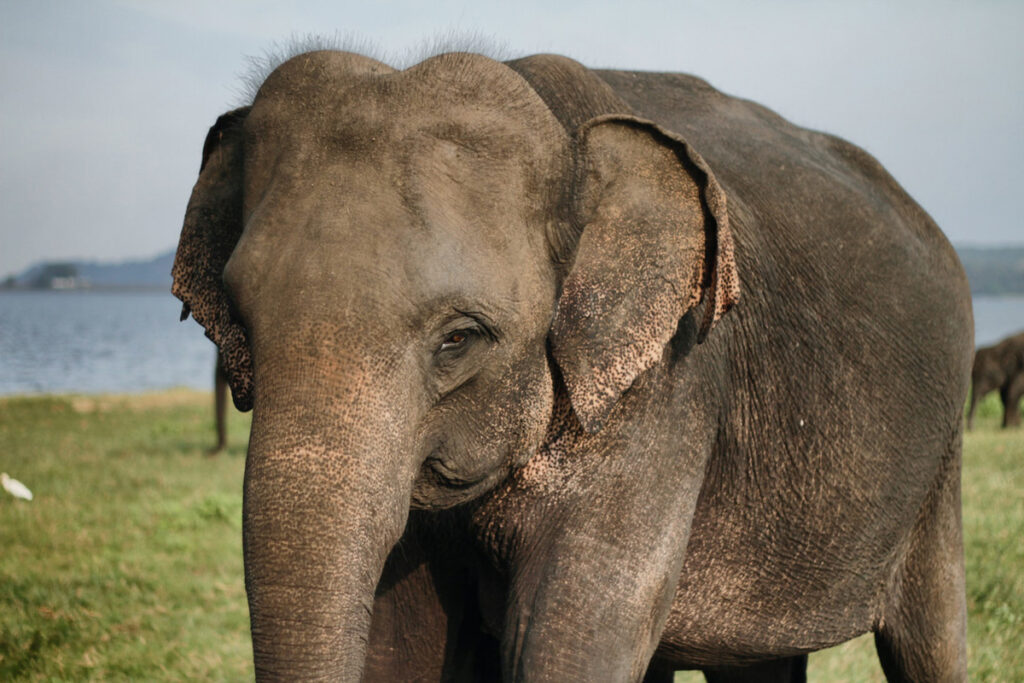
Kumana National Park
A mangrove swamp in the southeast corner of Sri Lanka is home to numerous water bird nests making it a veritable ornithologist’s paradise. There are 255 bird species known to exist in Kumana National Park out of Ceylon 400 total. Thousands of birds are believed to migrate to the swamp annually between April and July.
